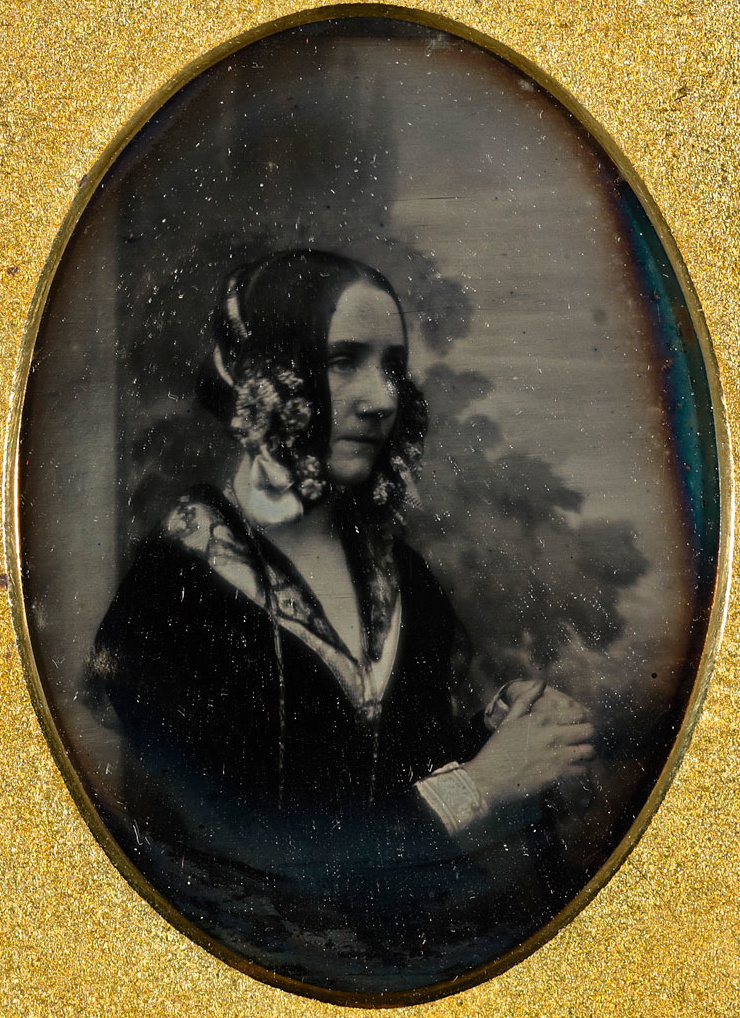 Widely recognized as the first computer programmer, British mathematician Ada Lovelace imagined and wrote about the endless possibilities that computers could bring, well before these possibilities could be realized. She wrote a program for Charles Babbage's Analytical Engine that was meant to calculate the seventh Bernoulli number.
Widely recognized as the first computer programmer, British mathematician Ada Lovelace imagined and wrote about the endless possibilities that computers could bring, well before these possibilities could be realized. She wrote a program for Charles Babbage's Analytical Engine that was meant to calculate the seventh Bernoulli number.
Daughter to Lord Byron and Annabella Milbanke, Lovelace's passion for math was fostered by her mother. She was tutored by members of the British scientific society, including Mary Sommervile, was mentored by math professor Augustus De Morgan, and kept close correspondence with Charles Babbage, whose Analytical Engine Lovelace later described in detail and wrote the first program for.
Her insights into computing would be the base concept for the computing age, and her writings expressed the importance of understanding the power and responsibilities that fall to those tasked with programming.
Sources:
Miller, Claire Cain. "Ada Lovelace A gifted mathematician who is now recognized as the first computer programmer." The New York Times, 2018, www.nytimes.com/interactive/2018/obituaries/overlooked-ada-lovelace.html. Accessed 1 Feb. 2019.
Image credit: "Ada Lovelace" Antoine Claudet [Public domain]
